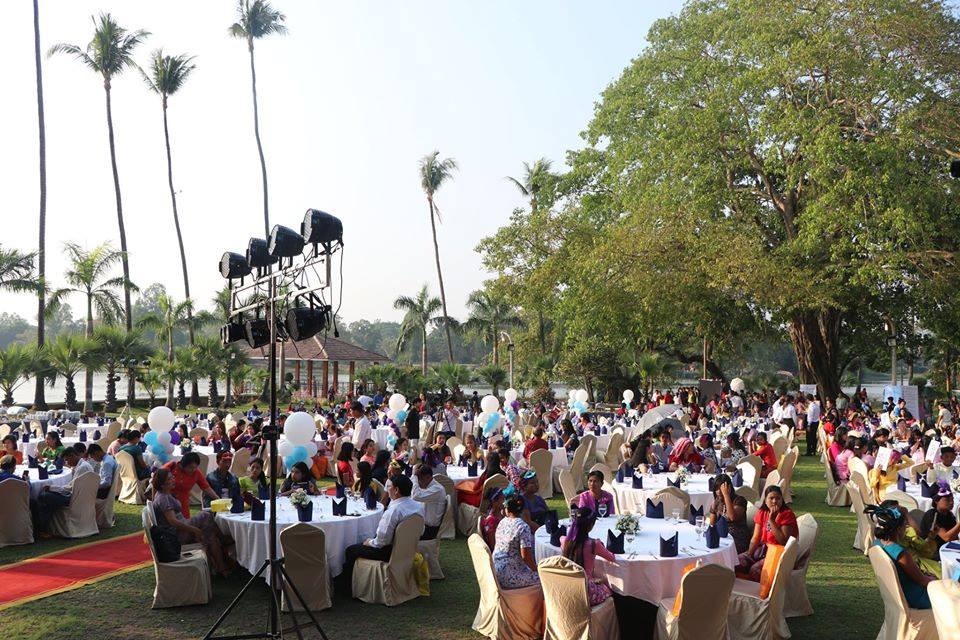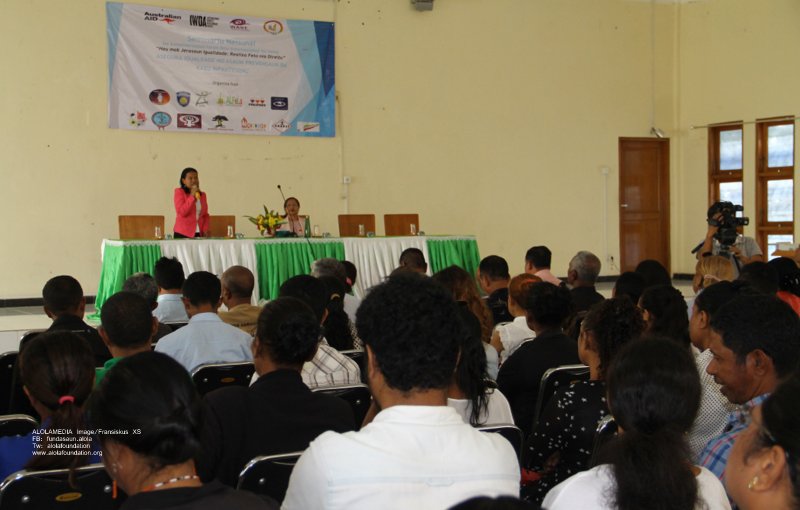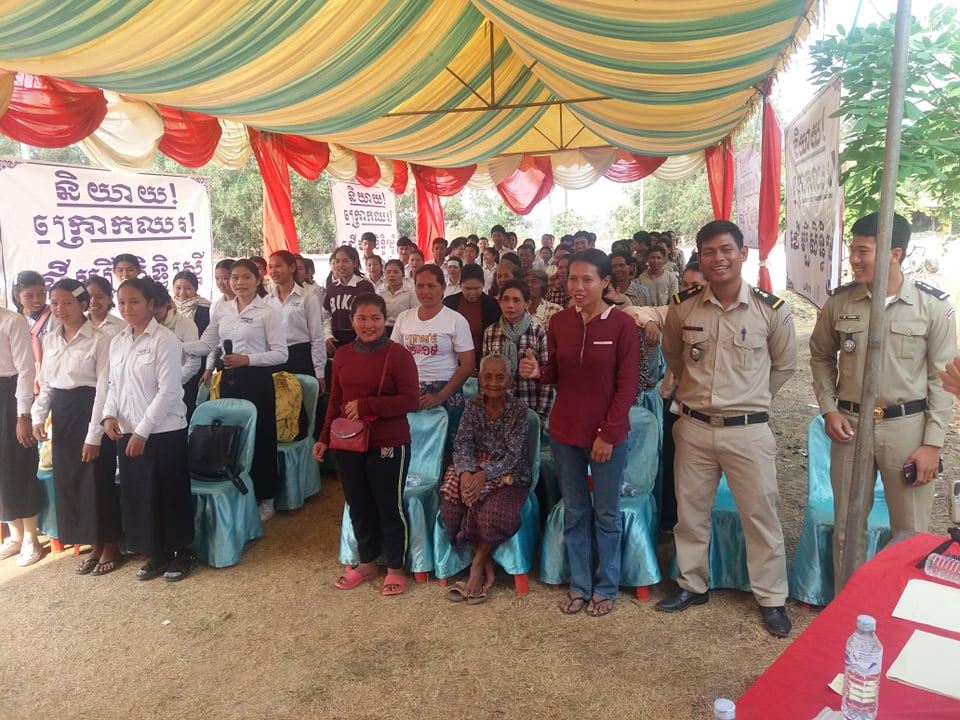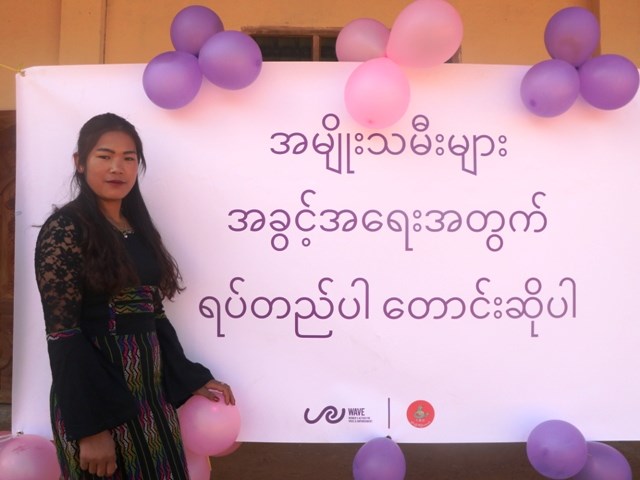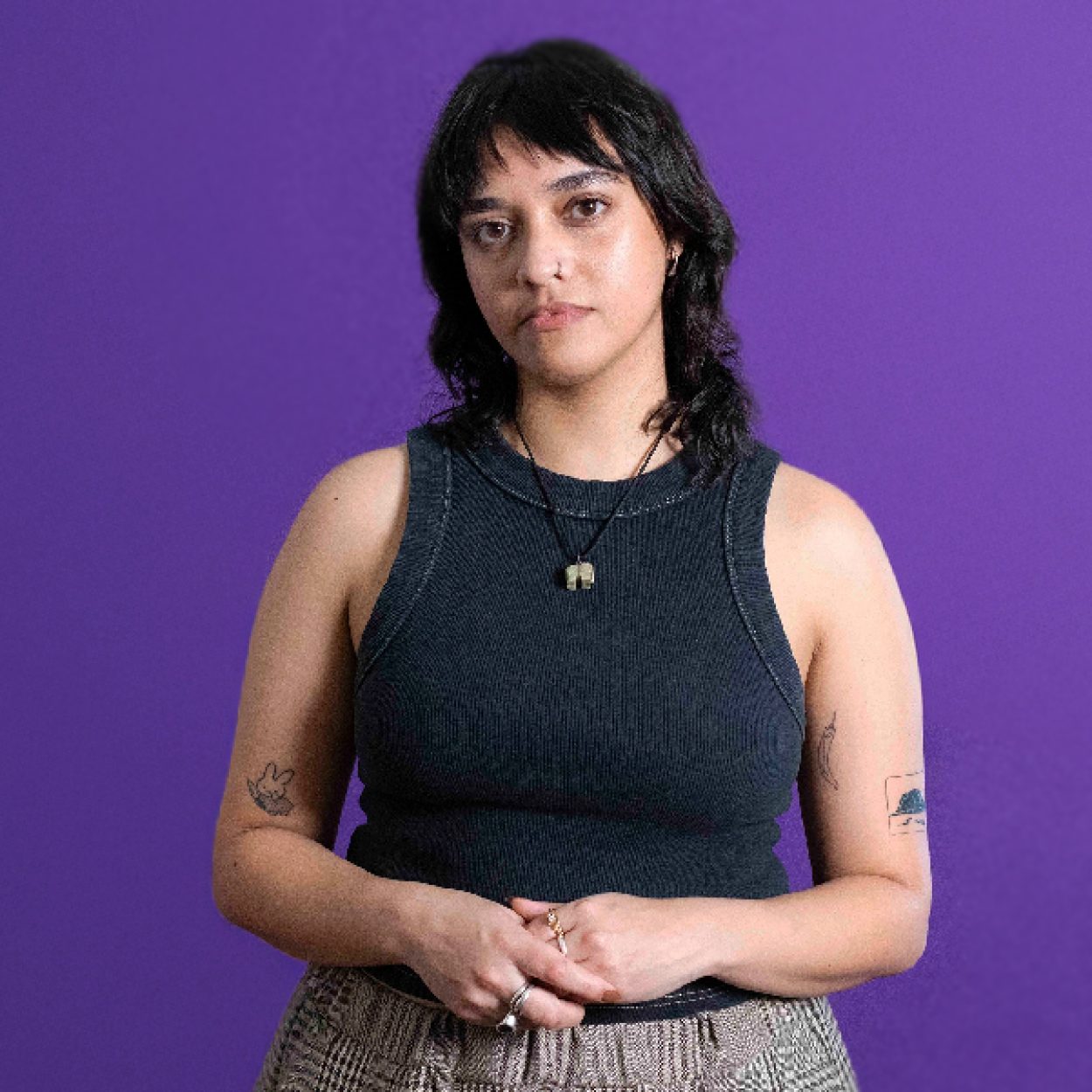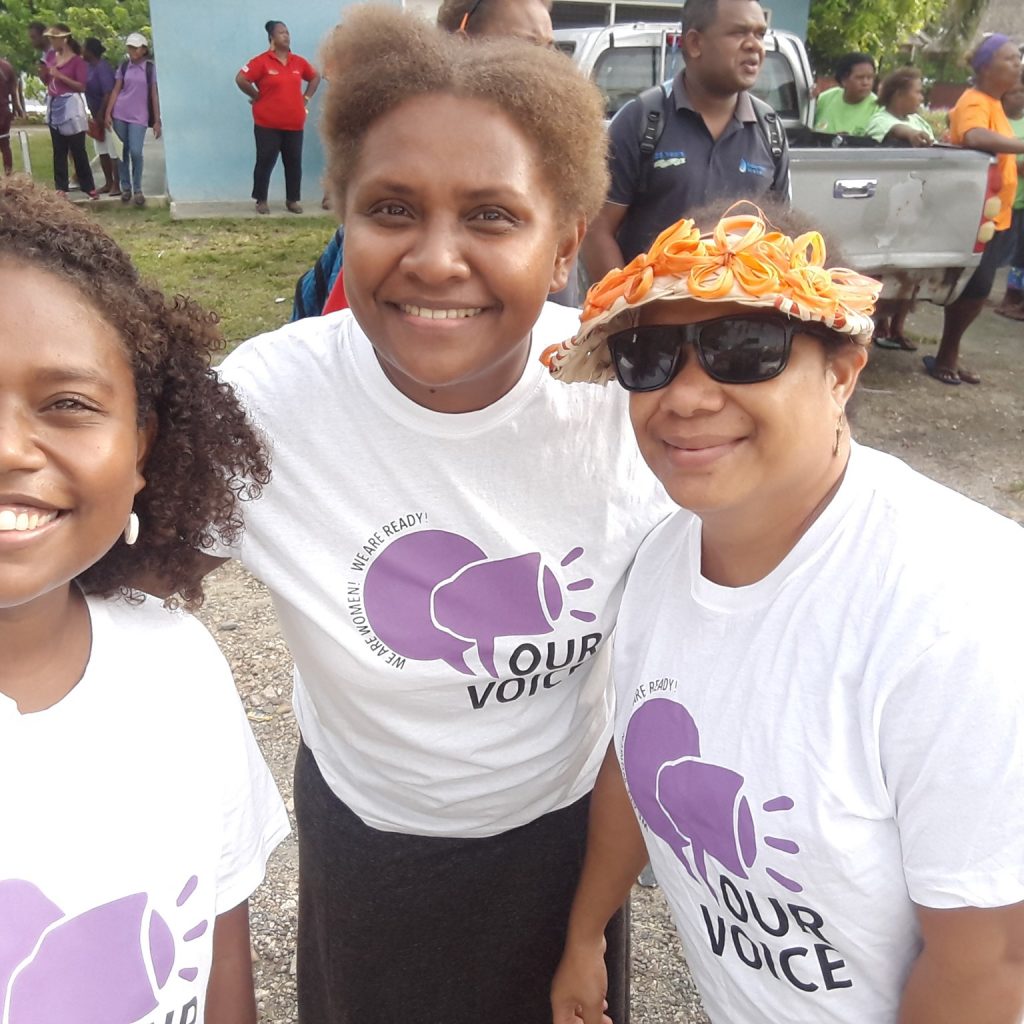
In times of crisis, joint advocacy is key
To respond to what lies ahead, our movements must be coordinated, targeted and strategic on the issues we advocate for.
At the end of 2019 we proudly declared 2020 the year for women’s movements. Global campaigns and events were scheduled to focus our efforts on progressing gender equality for all. But as the world continues to respond to the unfolding COVID-19 pandemic, and the gendered impacts of this crisis are brought to the fore, many advocacy plans will need to be re-imagined. This is no longer business as usual.
To respond to what lies ahead, our movements must be coordinated, targeted and strategic on the issues we advocate for.
Joint advocacy planning and campaigning can be an effective way to strengthen our movements and build transformative power to ensure that the most importance advances in women’s rights are not scaled back but progressed forward. Understanding the power of joint advocacy is important for those who seek to strategically amplify their work through collective action.
What is joint advocacy?
There are many different ways to define advocacy – it can include attempts to change policy and practice, to change decision-making processes and to empower people to participate. It can be directed at governments, other public bodies, communities, influential individuals and businesses.
Joint advocacy, however, is a set of organised collective activities designed to influence the policies and actions of others to achieve change. These activities can include two or more movements or organisations united in lobbying, protests, rallies, marches, media campaigns, research projects, petitions, open letters, strategic events, community awareness raising moments and activism training, or relevant to the current crisis, online activism. When multiple organisations partake in one or more of these activities, it often amplifies the core advocacy message of a movement or body of work. Because the message is coming from multiple platforms and supporter groups, this can put the issue at the forefront of the collective mind as people begin to think ‘everyone really supports this change’, as noted in our first movement series blog.
Joint advocacy requires organisations, women’s rights defenders and activists to act in solidarity with one another by sharing a political agenda for structural change. For example, reaching a shared understanding of structural inequality and feminist analysis guides the values which inform joint advocacy strategies and ways of working together. Formalising memorandums of understanding, setting joint advocacy objectives and aims or convening spaces for organisations to agree on movement strengthening work are all ways to establish a shared vision and political agenda for change.
Together, our voice is powerful
Our Women’s Action for Voice and Empowerment (WAVE) program strengthens feminist movements by providing the support, guidance and spaces for women’s rights organisations across the Asia-Pacific region to work together on joint advocacy campaigns. For example, the WAVE ‘Our Voice’ joint advocacy campaign has supported over 25 women’s rights organisations in our region to advocate for the increase in representation and effective participation of women at all local levels of decision-making.
The Our Voice campaign has amplified the voices and priorities of women’s movements in our region by providing support where needed, working collaboratively and encouraging partners to participate when it supports their current work. Together, Our Voice partners have held joint advocacy events, written joint submissions to their local governments and created advocacy messages for action at the regional and international level. The collective calls for change from Our Voice partners have shown the benefits of women’s leadership and have contributed to valuable changes for gender equality and women’s rights including changing perceptions and inquiries into the benefit of temporary special measures such as quotas or reserved seats for women.
Take a look below at Our Voice raising their voices together, when public gatherings were possible prior to the escalation of the COVID-19 pandemic:
Plan Your Collective Power
The recent closure of key women’s rights advocacy spaces at all levels may set a dangerous precedent in a world where closing civil society space and increasing backlash against women’s human rights and feminist agendas is increasing daily. Attacks on women human rights defenders and women’s rights organisations require that we organise and work together now more than ever. Further, the current COVID-19 crisis requires that we work together in unique and unprecedented ways- moving joint advocacy work online and away from physical crowds.
The Plan Your Power women’s rights advocacy planning toolkit provides useful exercises for organisations that wish to run joint advocacy campaigns or activities. Discover how to mobilise joint resources, establish joint aims and objectives, enact collective actions for movement building and carry out effective joint messaging to create political pressure using evidence, external opportunities, public mobilisation and media attention. Our movements can use this toolkit to brainstorm how traditional joint advocacy techniques can be moved online. Joint advocacy is key to build transformative power to shift the balance with each step we take, use the toolkit to plan this type of work with your allies and women’s rights movements.
WAVE Movement Series
Given the universal and pervasive nature of gender inequality, the women’s movement cannot advocate for just one change, but must advocate for systemic change. This can only be done when women, organisations and causes are both strong and connected. This blog is the fifth in the WAVE Movement Series which will share different ways to strengthen our movements for gender equality through research, resources, advocacy and much more. Stay up to date by following us on Facebook: @WAVEWomen.
